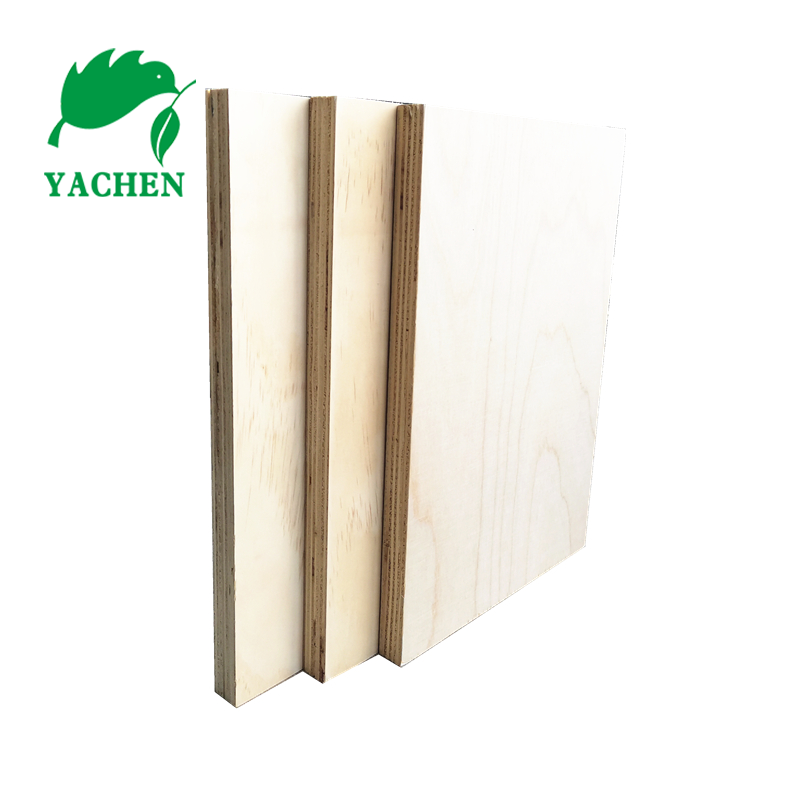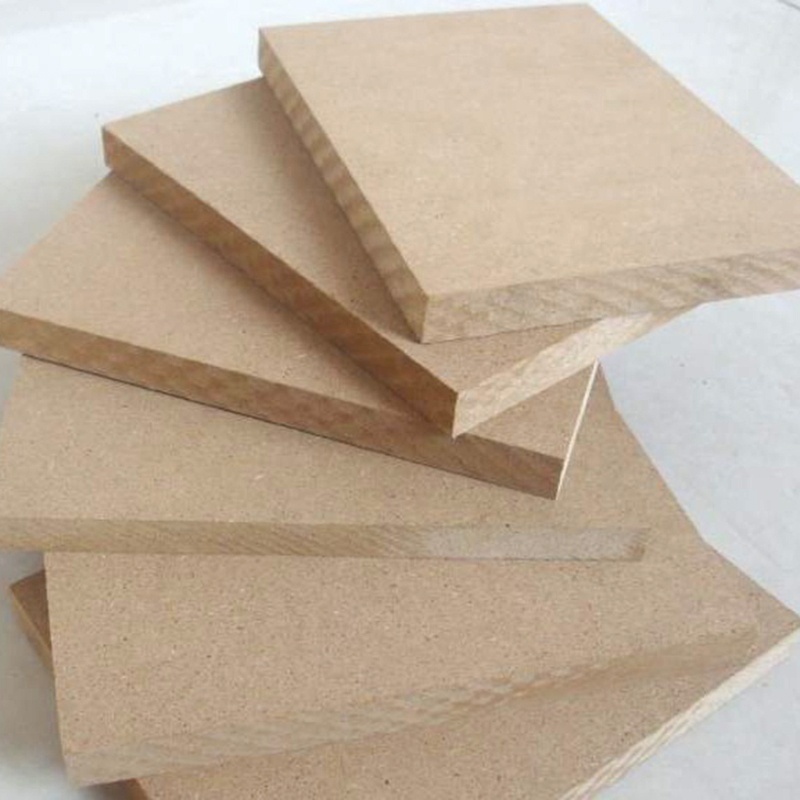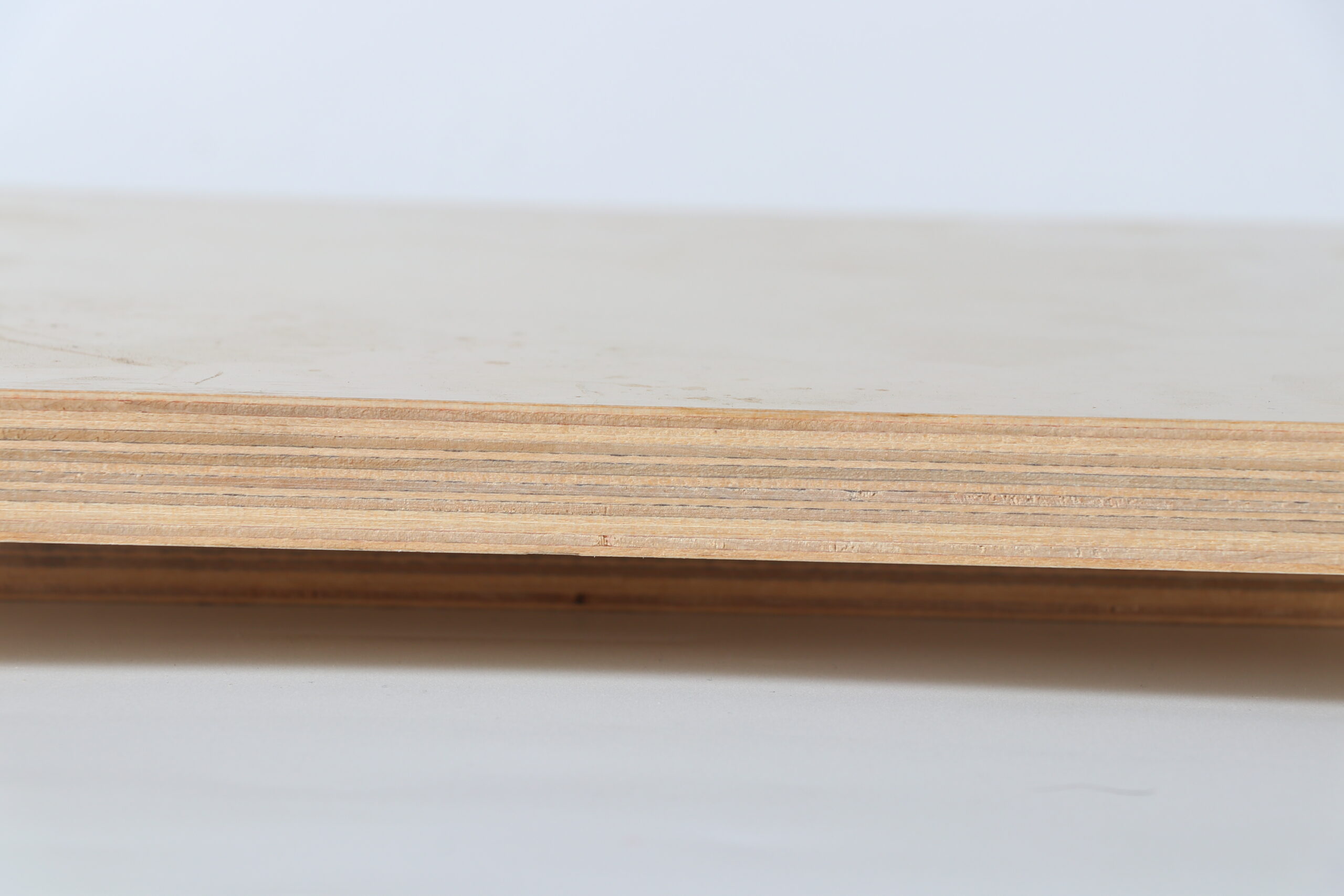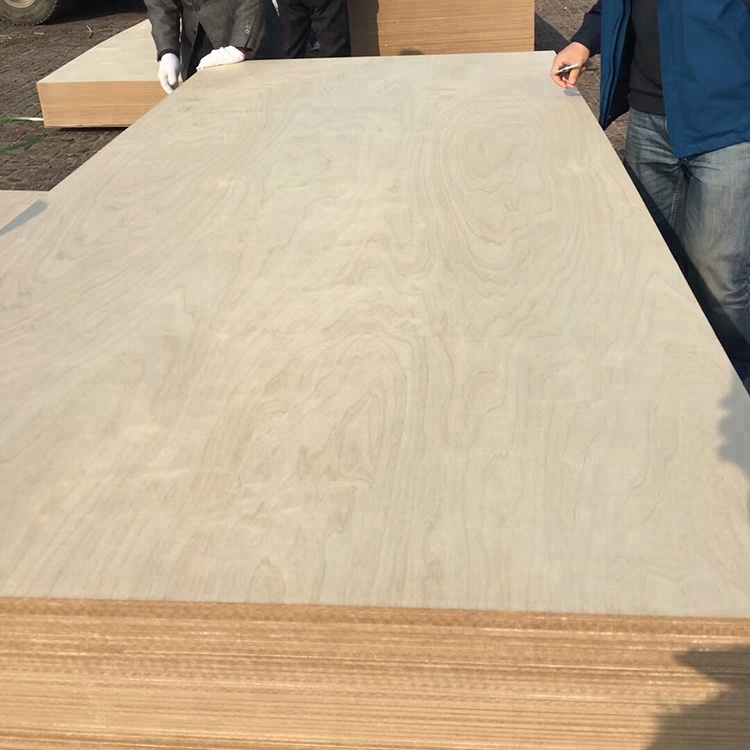As a common type of plywood, birch plywood has a wide range of applications. The following will introduce you to the historical development of birch plywood.

The history of birch plywood dates back to the early 20th century. At that time, plywood began to appear in construction and furniture manufacturing, replacing traditional solid wood materials. However, early plywood was primarily made from softwoods and some hardwoods, not birch.

With the continuous pursuit of performance and quality, people began to find birch as an ideal material for plywood. Birch has the advantages of toughness, wear resistance, and corrosion resistance, and has gradually become an ideal raw material for plywood. With the continuous improvement and innovation of the plywood manufacturing process, the quality and performance of birch plywood have been greatly improved.
When it comes to quality plywood, birch plywood is an option not to be overlooked. Birch plywood is prized for its toughness, resistance to wear and corrosion, and is used in many applications.
First of all, the toughness of birch plywood is one of its outstanding characteristics. It is made of cross-stacked multi-layer birch veneers, which are pressed at high temperature through advanced gluing technology. This allows the plywood to withstand high pressure and weight, and has excellent resistance to bending and breaking. Whether used as a support material for furniture, wooden floors or building structures, birch plywood exhibits excellent durability and stability.
Secondly, birch plywood has wear-resistant properties. Birch itself is a hard wood with a high density and resistance to abrasion. The multi-layer structure of the plywood makes it more durable and able to withstand daily use and heavy loads. This makes birch plywood an ideal choice for applications such as furniture, staircases, trim panels, etc. that are subject to frequent wear and tear.
In addition, birch plywood has excellent corrosion resistance. Birch is naturally resistant to water corrosion, while the top coat of plywood provides an extra layer of protection, making it more durable. This makes birch plywood a reliable option for long-term use in both indoor and outdoor environments. Whether in a wet kitchen, bathroom, or outdoors exposed to the sun and wind, birch plywood retains its original look and performance and is less prone to rot or damage.

In summary, birch plywood is loved for its strength, resistance to wear and corrosion. Its durability allows it to handle heavy loads and frequent use, while its wear and corrosion resistance allows it to perform well in a variety of environments. Therefore, birch plywood is a reliable and excellent choice whether it is used as a furniture material, decorative panel or building structural support.
With the development of the plywood industry and the growth of market demand, birch plywood has been widely used in construction, furniture, packaging, decoration and other fields. It is used in the field of construction as a structural material such as floors, wall panels, and roof pallets, and has excellent strength and stability. In furniture manufacturing, birch plywood is widely used in the making of wardrobes, beds, cabinets and other furniture because of its beauty and durability. In addition, birch plywood is widely used in the packaging industry because of its good impact resistance and load-bearing properties.

With the development of technology and the innovation of production process, the quality and specifications of birch plywood are also constantly improving. Modern birch plywood is bonded under high temperature and pressure conditions to ensure the strength and stability of the plywood. At the same time, the surface of birch plywood can be treated by coating, cutting, engraving, etc. to increase its decorative effect.

